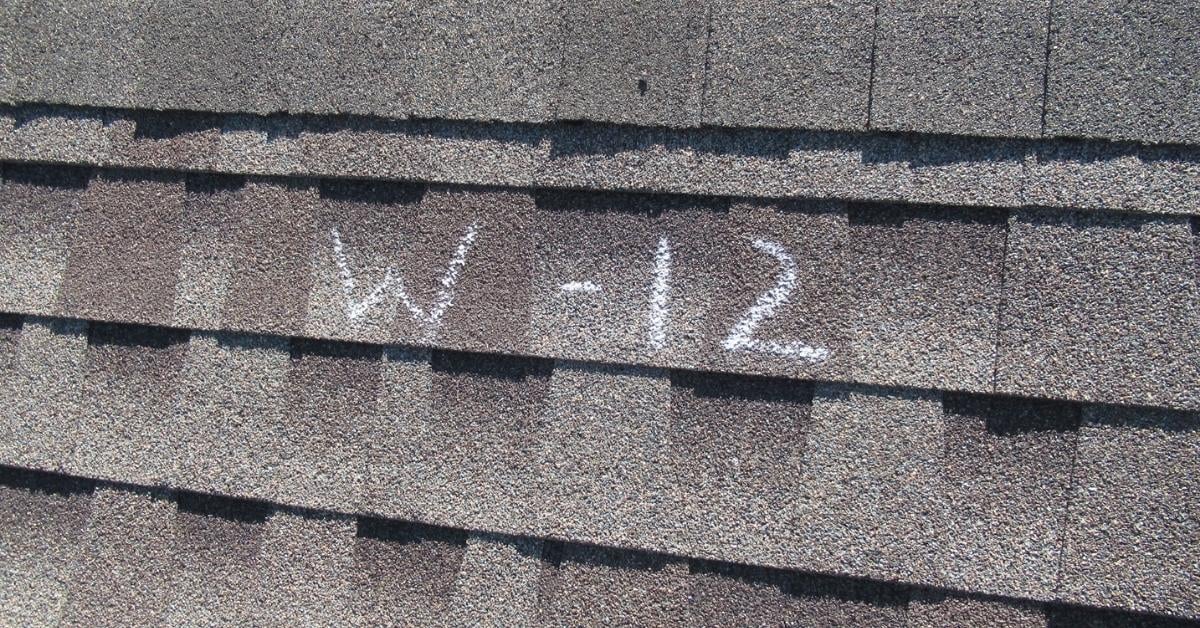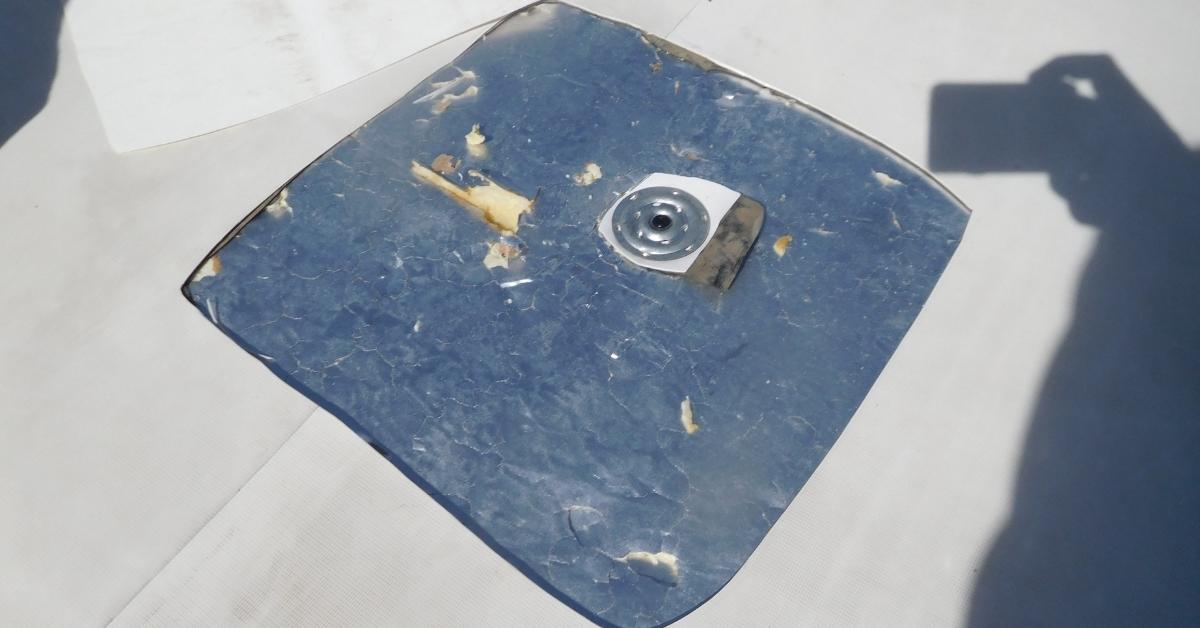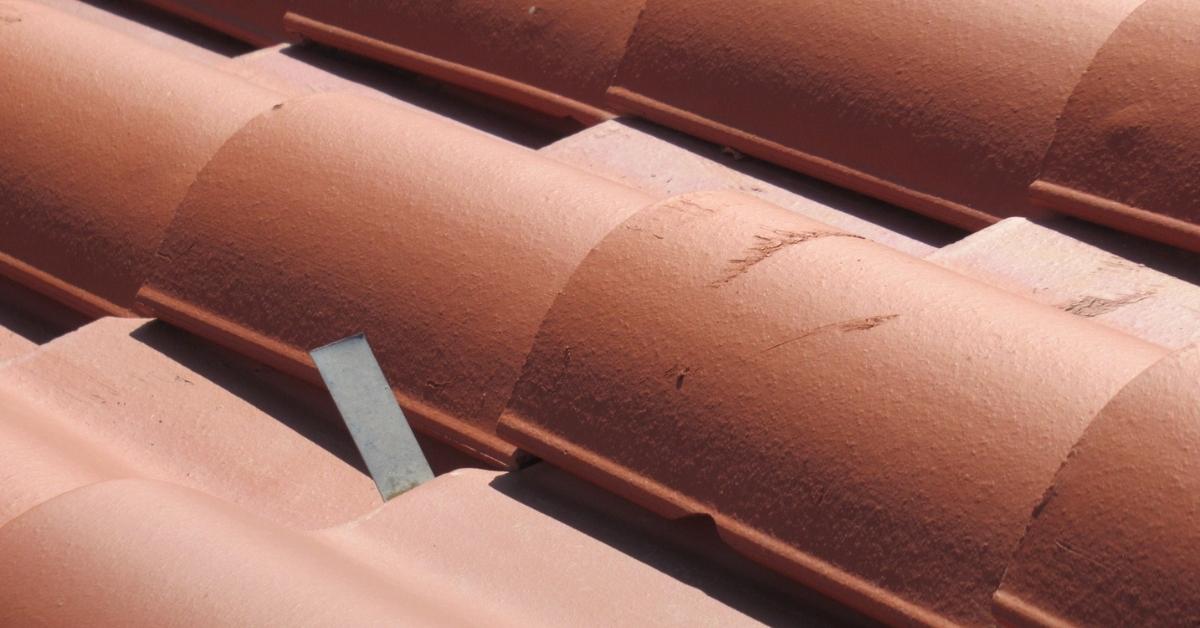By Darren Bautista and Jared Verstraete | Published June 23, 2022
Though hailstorms are possible any time of year, they are most common from May through September and can cause significant property damage. In fact, a 2021 Verisk report reveals that 6.2 million properties in the United States experienced one or more damaging hail events in 2020, resulting in almost $14.2 billion in losses.1
Hailstorms can result in varying degrees of damage to roof systems. From small indentations caused by smaller-sized hail to severe storms with baseball-sized hail, both can compromise the integrity of the roof system.
The key to assessing hail damage
Deciphering hailstone impacts on a roof can be difficult, as each type of roofing membrane provides different characteristics for assessment. The following are common roof systems and how damage to them is observed in the field.
Asphalt Shingles. Hail impact damage to an asphalt shingle system may influence the service life of the shingle and/or water shedding capability of the roofing system. When deciphering hail impact damage on asphalt shingles, the following conditions are typically observed:
- A hailstone impact with a related fracture of the reinforcement mat
- A hailstone impact that punctures the asphalt shingle
- A hailstone impact that results in a fractured vertical edge
- An impact that displaces granules and/or exposes the underlying reinforcement layer

Modified Bitumen (MB). Hail impacts to an MB roof system may influence the service life and/or water shedding capability and/or waterproofing performance of the roofing system. When deciphering hail impact damage on MB systems, the following conditions are typically observed:
- A hailstone impact that punctures or tears the reinforcement in the membrane, in the field and/or at base flashing locations
- An impact that displaces granules and/or exposes the underlying asphaltic layer
Thermoplastic Polyolefin (TPO) Membranes. Hail impacts to a thermoplastic roof system may influence the service life and/or water shedding capability and/or waterproofing performance of the roofing system. When deciphering hail impact damage on thermoplastic roof system, the following conditions are typically observed:
- A hailstone impact that punctures or tears the thermoplastic membrane, in the field or at base flashing locations
- A hailstone impact that fractures the thermoplastic membrane reinforcement and/or surface
- Hailstone impacts may cause a fully adhered thermoplastic membrane to delaminate from the adhesive applied underlying substrate, i.e., ridged insulation board, gypsum coverboard, wood-fiber coverboard

Thermoset (EDPM or PVC) Membrane. Hail impacts to a thermoset roof system may influence the service life and/or water shedding capability of the roofing system. When deciphering hail impact damage on thermoset roof systems, the following conditions are typically observed:
- A hailstone impact that punctures or tears the EPDM membrane, in the field or at base flashing locations
- Hailstone impacts may cause a fully adhered thermoset membrane to delaminate from the adhesive applied underlying substrate, i.e. ridged insulation board, gypsum coverboard, wood-fiber coverboard
Concrete/Clay Tile. Hail impacts to a concrete/tile roof system may influence the service life and/or water shedding capability of the roofing system. When deciphering hail impact damage on tile roof system, the following conditions typically indicate the tiles were likely damaged from hailstone impact:
- Broken tiles that exhibited spidering fractures from a central impact point
- Broken tiles that exhibited a half-moon fracture

Repair or replace?: A discussion of common industry-wide practices
To help carriers determine whether a shingle roof system needs spot repairs or full replacement, RMC performs 10’ x 10’ tests squares in each cardinal direction. A count on hail impact damage is performed in each test square and calculated to recommend spot repair or replacement. The test square locations are an important factor to consider.
In addition, the condition of the existing roof system may also contribute to whether the hail impacts exacerbated damage to the roof system. For example, an older, granular surfaced roof may have loose and/or displaced granules due to a multitude of contributing factors.
With concrete tiles, the repair method depends on the pitch of the roof and whether the tile is still made. Typically, we recommend replacing the damaged tile if it is still available and if the location of the tile makes it feasible to replace.
What goes into an RMC roof assessment?
For every hail damage claim, a comprehensive roof damage assessment is critical to determine accurate project costs and a plan to repair. In most instances this is performed by an engineer.
Step I: Roof assessments typically begin with a weather history report to understand if there has been reports of hail at the loss location. This information increases our knowledge of present and prior hailstorms; with that said, hail impact marks observed may be older, prior to the reported date of loss. Then the size of the impact marks their location and the results of the impacts are determined. Typically, a forensic engineer is retained for the above scope; however, RMC performs assessments as well.
Step II: As stated above, RMC performs 10’ x 10’ tests squares in each cardinal direction. A count on hail impact damage is performed in each test square and calculated to recommend spot repair or replacement.
Step III: Then, estimating best practices are used to help determine local market conditions and/or cost. Upon request, (typically on large losses) we also contact three to four local contractors to participate in a bidding program. We write a request for proposal (RFP) that includes the scope of repair for the contractors to bid on. This program produces competitive bids for the insured and the carrier.
Step IV: Finally, to properly assess the damage and estimate repair costs, local code requirements and roof membrane preparation must be considered along with ongoing supply chain issues that must factor projected expense calculations.
Roof assessments supported by accurate information will help lead to a timely allocation of resources and successful restoration.
For help with roof damage assessments and cost estimates, contact a team member at RMC Group.
This information is intended for informational purposes only. Each restoration project has unique properties and must be evaluated individually by knowledgeable consultants. Additionally, cutting samples of roof assemblies should be performed by qualified professionals and in some instances approved by the roofing manufacturer. RMC Group is not liable for any loss or damage arising out of or in connection with the use of this information.
Source:
1Verisk “Hail and Severe Thunderstorm Risk.”

